
The Liberals and the NDP (and to a much smaller extent, the Conservatives) have proposed to expand affordable child care. That would help counteract some of the contraction in Canada’s labour force.Nathan Denette/The Canadian Press
The lengthening shadows threatening Canada’s long-term prosperity were not a ballot-box issue in the 2021 election campaign.
There were promises aplenty on subsidies, tax breaks, tax credits and investment shelters, part of a deficit-be-damned philosophy embraced by the Liberals, Conservatives and other major parties.
But those were micro-policies designed to win a slice of the electorate here and there, everything from the Liberal plan to offer seniors a tax break for working after the age of 65 to the Conservative proposal for a tax credit for any customer of a Canadian startup.
The major parties also agreed that billions of dollars in tax revenue were there for the taking, if only the Canada Revenue Agency could hire a few thousand more auditors.
Missing was a plan to tackle Canada’s fundamental economic malaise, predating COVID-19, of a long slide in productivity-enhancing investment. Instead, the parties scrambled to outbid each other on how to add to the massive pandemic debts incurred over the past 18 months.
“It’s all about spending money,” says William Robson, chief executive officer of the C.D. Howe Institute, which released a study last week that made clear the extent of that malaise.
Since 2015, the amount of capital invested for each Canadian worker has stagnated. What’s more, this country lags the United States and others. In the second quarter of 2021, businesses invested just 50 cents in Canada for each available worker for every such dollar invested in the United States.
Over time, that disparity means less innovation in Canada, diminishing prosperity, relatively lower wages and fewer tax dollars.
Mr. Robson points to other alarming trends, including companies focused on distributing capital through share buybacks, and pension funds snapping up assets outside of Canada. Both demonstrate a fundamental lack of belief in investment opportunities in this country.
Click here for full election results and maps when polls close
Postelection, what should the new government’s pandemic priorities be?
There’s never an opportune time for economic malaise, but the coming decade is particularly inauspicious. Winding down federal pandemic income support programs quickly and downsizing pandemic debts, even if only in relation to the economy, is just the start.
Bolstering the health care system, and the fiscal strength of the provinces, as aging baby boomers enter their 70s and 80s are also huge challenges. The Liberals and the NDP (and to a much smaller extent, the Conservatives) did propose to expand affordable child care. That would help counteract some of the contraction in Canada’s labour force.
The Liberals maintained their child-care strategy is the 21st-century equivalent of NAFTA; it is not. The reality is that the expansion of child care will have a limited impact on increasing Canada’s already-high labour force participation rates. And in any case, merely adding workers to an economy does not solve the problem of underinvestment and sagging productivity.
The Conservatives proposed steep increases in federal health transfers to the provinces, which would over time shift some of Ottawa’s fiscal strength. But the party didn’t lay out how it would fulfill that commitment as well as its promise to balance the budget within 10 years without spending cuts. Meanwhile, the Liberals and NDP one-upped each other on how to expand health care, without acknowledging the fiscal consequences of the greying of Canada.
Battling – and adapting to – climate change will also be hugely expensive. There is broad agreement now on the need to use taxes and regulations to reduce emissions. But the transition away from fossil fuel dependency will be costly, as will the bill for increasingly common environmental cataclysms such as British Columbia’s forest fires.
Underneath all of that is the question of the sustainability of federal finances, once a new government takes office and adds billions of dollars in spending to last spring’s budget, which was already an exercise in fiscal ambition.
In that budget, the Liberals had a comforting vision of Canada’s net debt relative to the economy falling to prepandemic levels by 2055. Comforting, but built on the fiction productivity would surge to an annual growth rate of 1.2 per cent over the next three decades, far higher than the average of 0.9 per cent from 2000 to 2019. The Liberals also assumed interest rates would remain near historic lows indefinitely.
A gap of 0.3 percentage points may seem insignificant, but it assumed the rate of productivity would increase by a third, even as the labour force contracts and the oil patch, one of the most productive and capital-intensive sectors of the economy, flatlines and recedes. That’s a hope and a prayer, not a plan.
What might a real plan to treat Canada’s economic malaise look like? Mr. Robson suggests it should begin with an acceptance that this country is in an international competition for capital, and that Canadian corporate taxes must be competitive with those in the United States.
Proposals that clear and bold didn’t make their way into this campaign’s platforms. Maybe next time.
Follow the party leaders and where they stand on the issues this election campaign by signing up for our Morning or Evening Update newsletters.
For subscribers only: Get exclusive political news and analysis by signing up for the Politics Briefing.
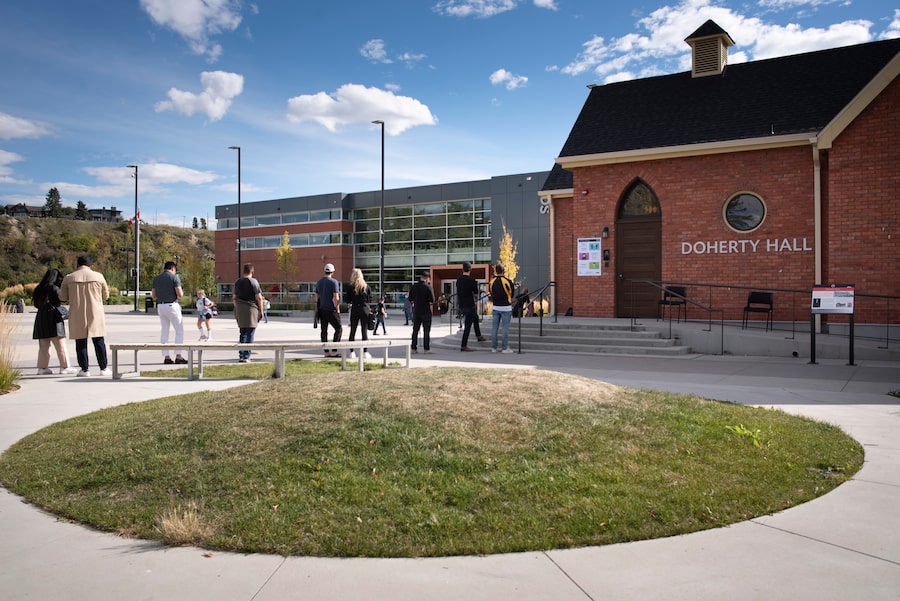
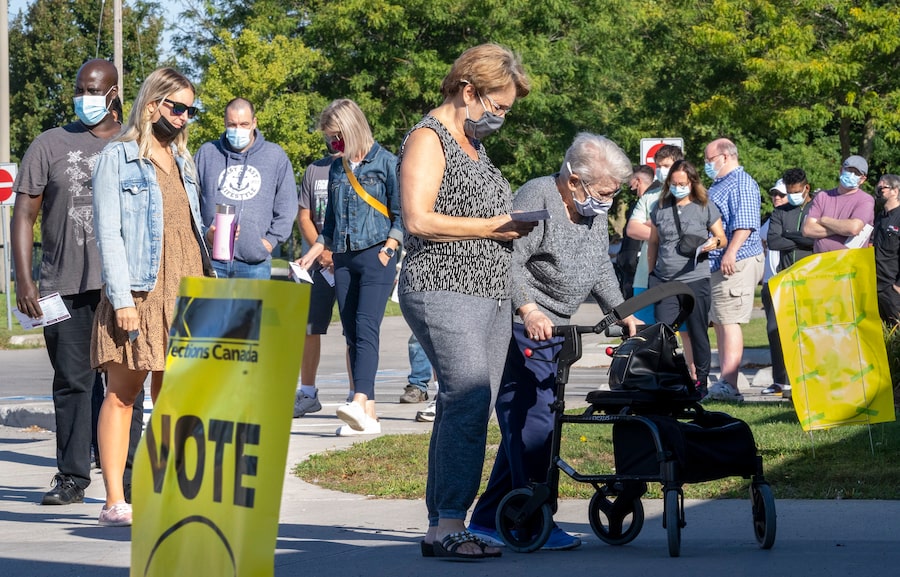
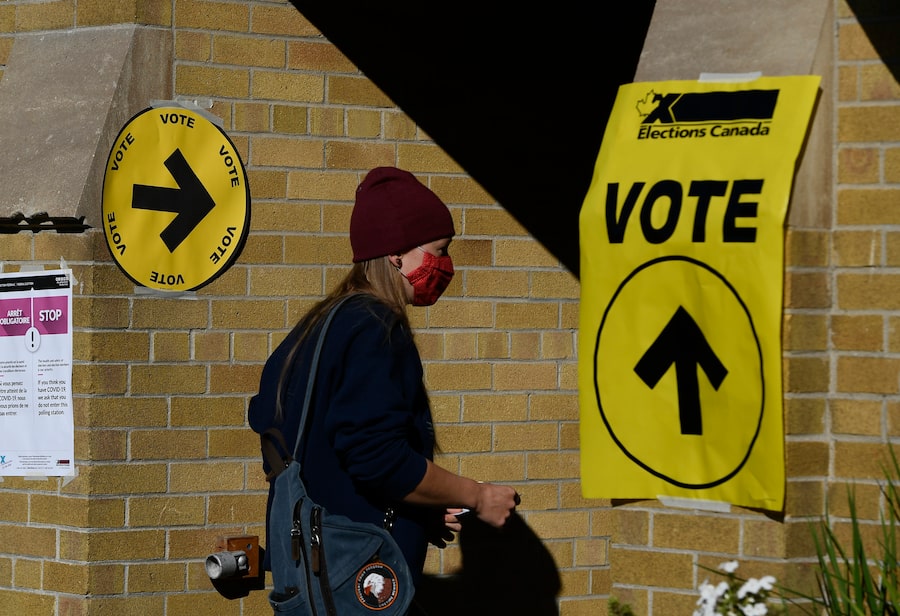
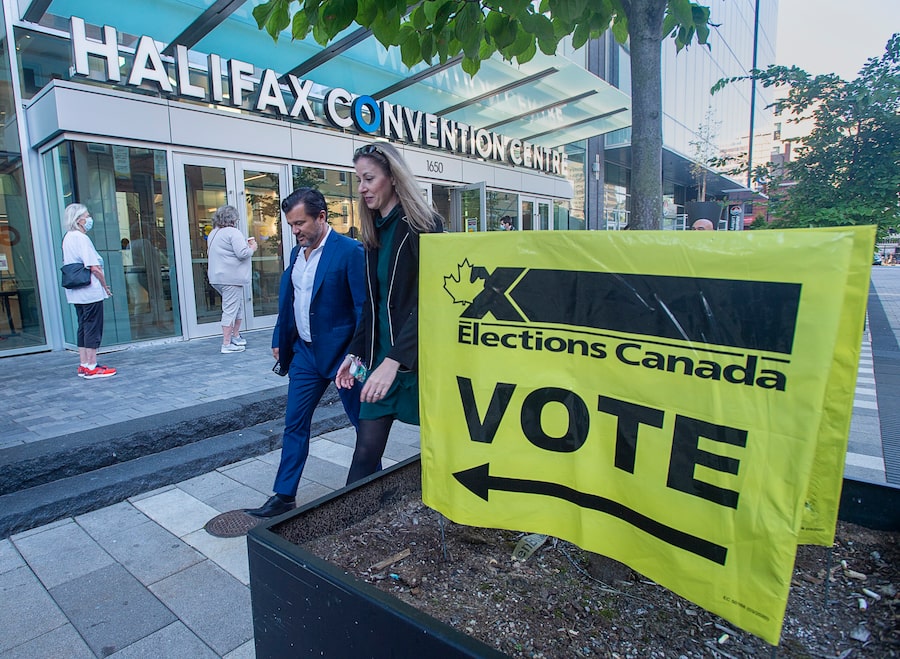
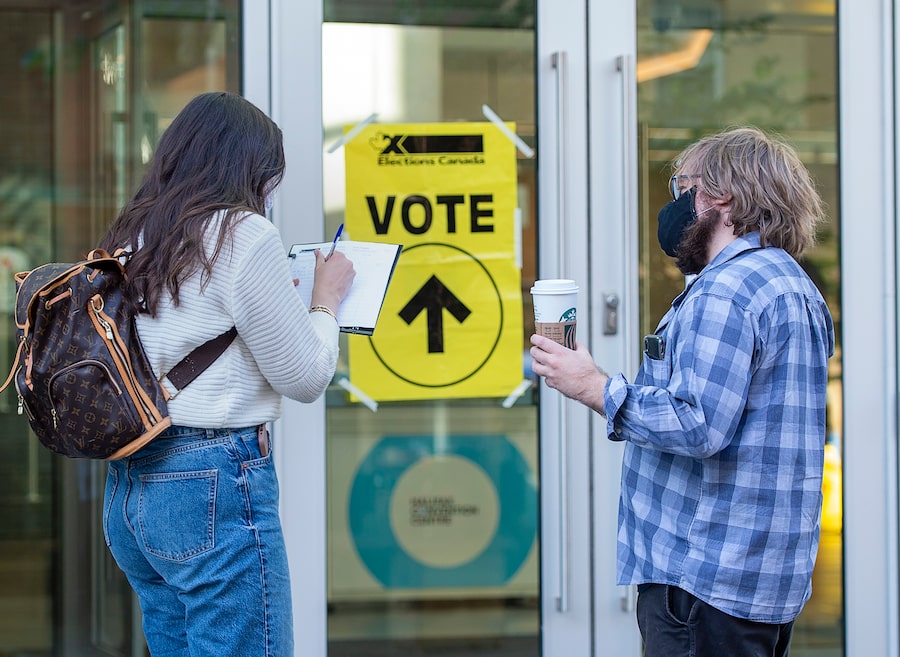


 Patrick Brethour
Patrick Brethour